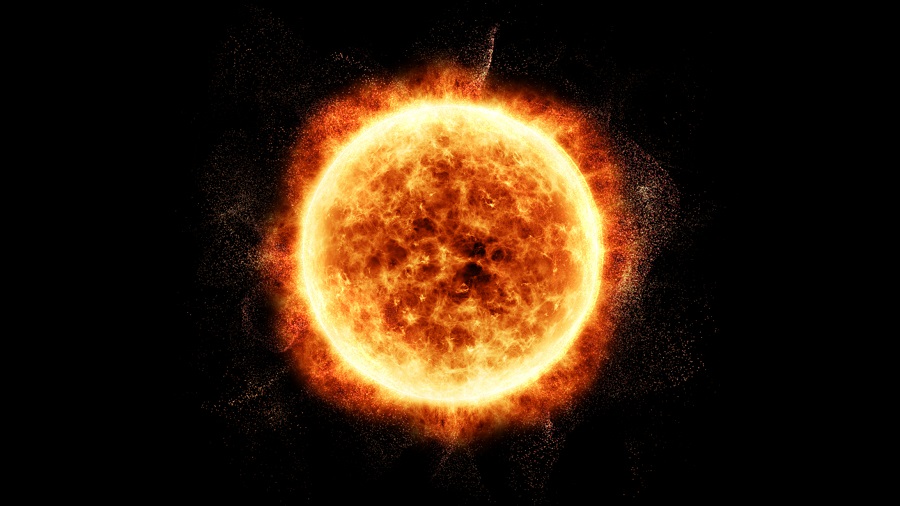
As it progresses through its natural 11-year cycle, the Sun transitions from periods of high to low activity, and back to high again. The new model could be used to one day inform forecasts of these intense bursts of solar radiation.
Washington, August 1
With the help of data from NASA's Solar Dynamics Observatory, or SDO, scientists have developed a new model that successfully predicted seven of the Sun's biggest flares from the last solar cycle, out of a set of nine.
With more development, the model could be used to one day inform forecasts of these intense bursts of solar radiation.
As it progresses through its natural 11-year cycle, the Sun transitions from periods of high to low activity, and back to high again.
For the study, published in the journal Science, the scientists focused on X-class flares, the most powerful kind of these solar fireworks.
Compared to smaller flares, big flares like these are relatively infrequent. In the last solar cycle, there were around 50.
But they can have big impacts, from disrupting radio communications and power grid operations, to — at their most severe — endangering astronauts in the path of harsh solar radiation.
Scientists who work on modeling flares hope that one day their efforts can help mitigate these effects.
Led by Kanya Kusano, Director of the Institute for Space-Earth Environmental Research at Japan's Nagoya University, a team of scientists built their model on a kind of magnetic map: SDO's observations of magnetic fields on the Sun's surface.
It is well-understood that flares erupt from hot spots of magnetic activity on the solar surface, called active regions.
The new model works by identifying key characteristics in an active region, characteristics the scientists theorised are necessary to setting off a massive flare.
"Predictions are a main goal of NASA's Living with a Star program and missions," said Dean Pesnell, the SDO principal investigator at NASA's Goddard Space Flight Center in Greenbelt, Maryland, who did not participate in the study.
SDO was the first Living with a Star programme mission.
"Accurate precursors such as this that can anticipate significant solar flares show the progress we have made towards predicting these solar storms that can affect everyone," Pesnell said. — IANS
Join Whatsapp Channel of The Tribune for latest updates.



























